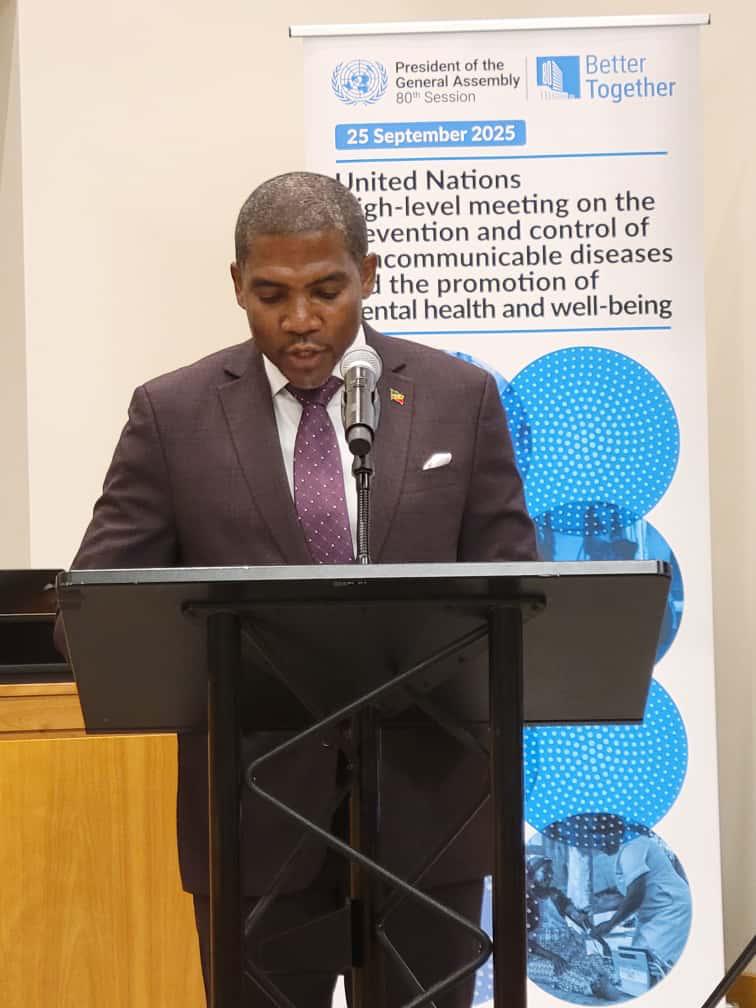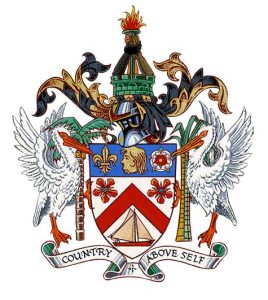A Comparative Analysis of Governance under Dr. Timothy Harris’s Team Unity (First Two Years) and Dr. Terrance Drew’s SKNLP (Three-Year Performance Review).
This comparative analysis examines the performance of two administrations in St. Kitts and Nevis: the Team Unity government led by Dr. Timothy Harris (2015-2017) and the SKNLP government led by Dr. Terrance Drew (2022-2025). The central argument posits a stark contrast in governance approaches and outcomes, with the Harris administration lauded for its transformative achievements and rapid development, while the Drew administration is criticized for underdelivery and a reliance on social transfers rather than structural change. The article uses a side-by-side comparison across key sectors to illustrate the disparity between the two governments.
The Harris-led Team Unity government is presented as a model of efficient and impactful governance. Within its first two years, the administration boasts over 50 tangible accomplishments, including the removal of VAT from essential goods, substantial financial support for former sugar workers, significant investments in healthcare infrastructure, and the restoration of parliamentary order. Economically, the Harris government oversaw a period of 5% growth, bolstered by the restructuring and elevation of the Citizenship by Investment (CBI) program. Further achievements include significant investments in ICT infrastructure, the launch of youth and SME support programs, substantial increases in national security spending, and the expansion of diplomatic relations. The overall narrative paints a picture of a government focused on rapid development across multiple sectors, laying the groundwork for sustained growth and improved citizen well-being.
Conversely, the Drew-led SKNLP government, while nearing its third year in office, is portrayed as struggling to deliver on its promises. While acknowledging initiatives such as the removal of COVID-19 restrictions, honorariums for frontline workers, the introduction of CBI dividends to social security contributors, salary increases for public servants, and tuition-free access to the College of Further Education, the article criticizes the administration for focusing on social transfers rather than tackling fundamental structural issues. The analysis highlights shortcomings in areas like infrastructure development, housing, governance transparency, and national security. Furthermore, the Drew government is criticized for a perceived lack of proactive planning and a reactive approach to governance, leading to public frustration and concerns about missed opportunities.
A direct sector-by-sector comparison further emphasizes the contrasting approaches of the two administrations. Team Unity’s accomplishments are meticulously listed, spanning tax relief, job growth, healthcare improvements, education investments, CBI program stabilization, housing construction, security enhancements, tourism expansion, and improved relations with Nevis. The Drew administration’s initiatives, while present, are framed as less impactful and lacking the transformative nature of Team Unity’s actions. For example, while the Drew government provided free access to CFBC, Team Unity is credited with planning for a completely new BHS campus. Similarly, while the Drew administration offered salary increases, Team Unity oversaw a period of significant economic growth and job creation.
The analysis concludes that the Harris administration established a “gold standard” of governance through its decisive actions and demonstrable results. In contrast, the Drew administration is characterized as falling short of expectations, with a performance marked by reactive measures and a lack of tangible, long-term development. The article implicitly suggests that the Drew government needs to significantly accelerate its efforts to match the pace and impact of its predecessor, lest it be judged as a case of squandered potential.
The article ultimately serves as a critique of the current administration’s performance, using the achievements of the previous government as a benchmark. It argues that while social programs and financial relief are important, they are insufficient without concurrent investments in infrastructure, long-term economic growth, and good governance. The underlying message is a call for more substantial and transformative action from the Drew government to address the nation’s needs and fulfill its potential. The emphasis on tangible outcomes and sustainable development underscores the article’s core argument: that true leadership is measured by demonstrable results, not just promises and intentions. The comparison between the two administrations serves as a cautionary tale about the importance of effective governance and the potential consequences of inaction and a lack of long-term vision.
Share this content:












Post Comment